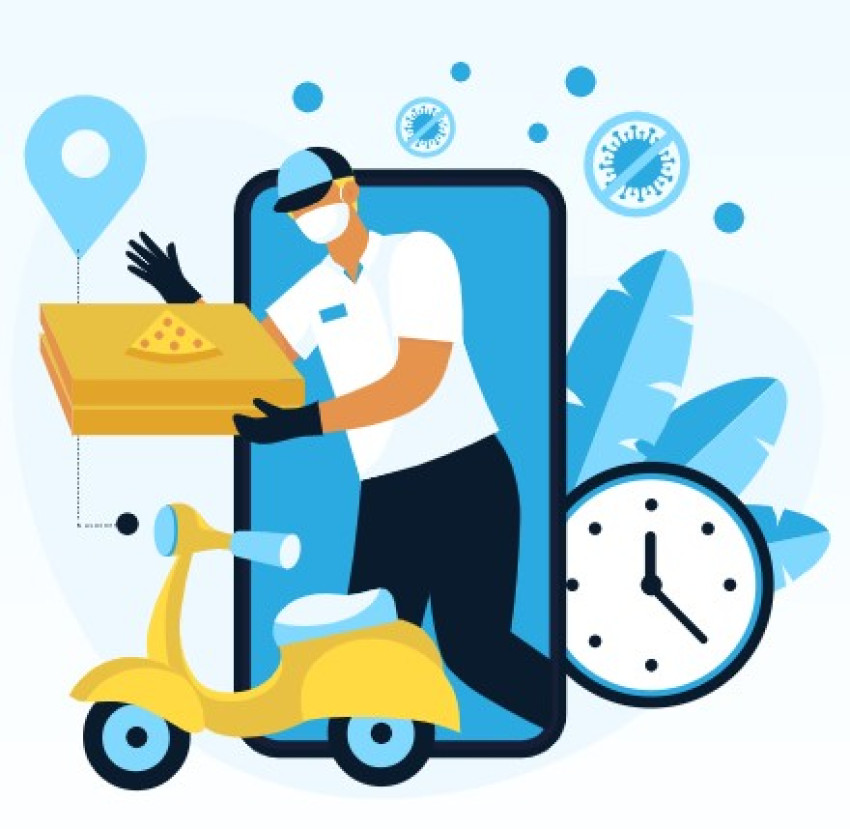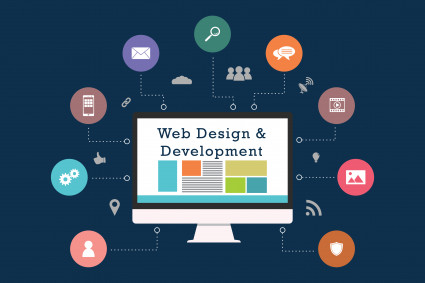
Sustainable Features in App Design:
Optimized Delivery Routes:
Implementing intelligent algorithms to optimize delivery routes not only reduces delivery time but also minimizes fuel consumption, ultimately lowering the carbon footprint associated with food deliveries.
In the era of rapid technological advancements, the food delivery industry is not only transforming the way we dine but also contributing significantly to environmental concerns. With the rising awareness of climate change and the need for sustainable practices, developers in the food delivery app industry are now focusing on creating platforms that not only deliver delicious meals to our doorsteps but also uphold eco-friendly values. This is the dawn of the Green Revolution in food delivery app development.
Packaging Innovation:
The excessive use of single-use plastics has long been a concern in the food delivery sector. Sustainable app developers are now exploring innovative, eco-friendly packaging options, promoting the use of biodegradable materials and encouraging users to opt for reusable packaging.
Local Sourcing and Farm-to-Table Integration:
Embracing the farm-to-table concept, developers are integrating features that allow users to choose locally sourced ingredients. This not only supports local farmers but also reduces the carbon emissions associated with long-distance transportation of food.
Carbon Footprint Tracking:
Some food delivery apps are incorporating features that allow users to track the carbon footprint of their orders. This transparency empowers users to make environmentally conscious choices, opting for options with lower environmental impact.
Promoting Meatless Options:
To address the environmental impact of meat production, food delivery apps are promoting vegetarian and vegan options. Specialized sections for plant-based meals not only cater to a growing consumer demographic but also contribute to reducing the ecological footprint of the food industry.
Collaboration with Sustainable Restaurants:
Developers are collaborating with restaurants that prioritize sustainability in their operations. These partnerships not only provide users with more eco-friendly choices but also encourage businesses to adopt sustainable practices in their overall operations.
Conclusion:
As the demand for food delivery services continues to rise, the responsibility to adopt sustainable practices falls on developers. The Green Revolution in food delivery app development represents a pivotal shift towards a more environmentally conscious future. By incorporating features that optimize routes, reduce packaging waste, support local sourcing, and promote eco-friendly choices, developers have the power to shape an industry that not only satisfies our cravings but also nurtures the health of our planet. The sustainable practices emerging in food delivery app development are not just trends; they are essential steps towards a greener, more sustainable future.


